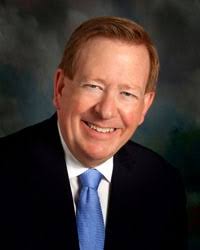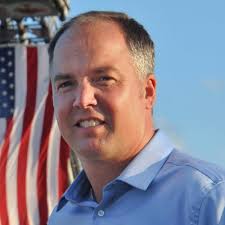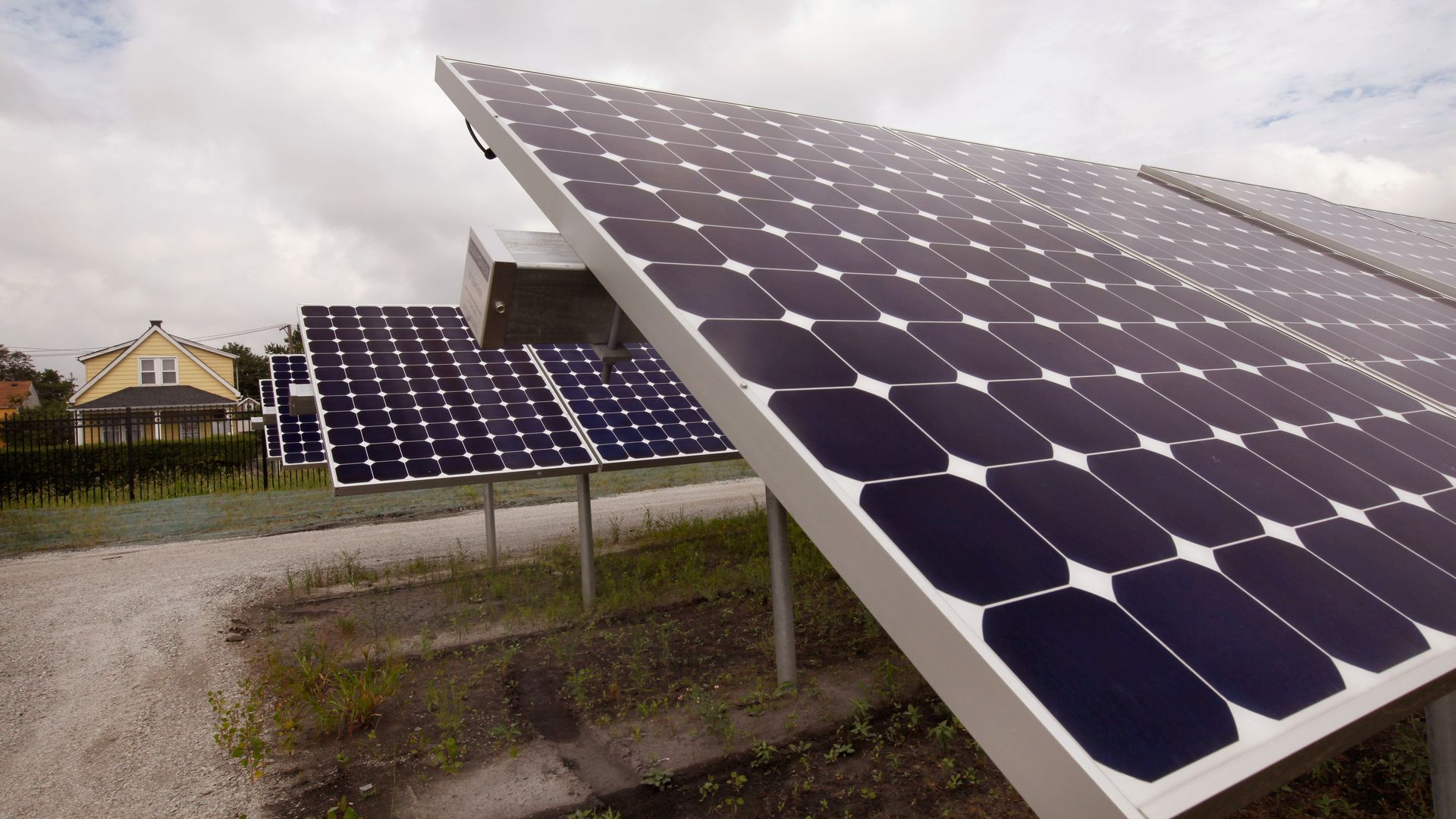Wind: A dead issue?
By DARREL RADFORD - dradford@thecouriertimes.com
Wind, the dominant four-letter word of 2018 in Henry County – one that has packed public meetings and swept incumbents out of office – swirled anew at Wednesday’s Henry County Commissioners meeting.
Commissioners received numerous documents from Derek Reiman on behalf of the Big Blue River Wind Farm, perhaps laying the groundwork for a renewed effort by Calpine to erect between 80 and 100 wind turbines in northwestern Henry County.
“Upon review of the revised wind energy ordinance, there are a number of agreements and other documents required to be submitted to the commissioners for their review and consideration,” Reiman said. “We would like to present drafts of a number of those documents this evening. These are just being presented in draft form for your consideration.”
The words “draft form” did little to calm another large crowd of anti-wind residents present in the Old Circuit Courtroom.
Questions immediately blew like a gale toward the commissioners’ table. Will the new documents be made public? How tall will these turbines be? What is the timeline of the project?
The only definitive answer to questions came when Reiman was asked by a reporter where the wind turbines were planned to be.
“We’re in the midst of determining where wind turbines can be located but they will mostly be located in and around the towns of Cadiz, Sulphur Springs and Kennard,” Reiman replied.
All three of those towns have passed a four-mile buffer zone ordinance, meaning wind turbines can’t be constructed within four miles of those town limits. Cadiz, Sulphur Springs and Kennard are among nine small incorporated Henry County towns to enact the buffer zone ordinance. The others are Blountsville, Greensboro, Lewisville, Mount Summit, Springport and Straughn.
Mooreland is expected to pass the ordinance at its Nov. 19 meeting.
Commissioners emphasized nothing was being decided Wednesday. The three did unanimously support a recommendation from County Zoning Administrator Darrin Jacobs to enter into a general services agreement with Shrewsberry and Associates, Inc., an Indianapolis engineering firm, to specifically to look at future wind turbine proposals.
For the three commissioners, that decision was simply a case of being proactive, not necessarily pro-wind.
“Why would you guys hire a company to look at an application that hasn’t been made yet?” Northern Commissioner-elect Ed Tarantino asked.
“Because I’m not confident enough to look through the materials and decide whether there’s something that is right or wrong from an engineering standpoint and I doubt whether my two colleagues are,” Commissioner Ed Yanos said.
“The anticipation is that Calpine is in the process of bringing an application,” Commissioners Chairman Butch Baker said. “I don’t know how soon they’re bringing an application, but they’re bringing an application. We need to have a company in place to represent the county if they do make an application. This engineering company can then look at their application and the process and determine whether or not it meets muster.
“Obviously, they’ve done some work and are in process of doing something so it looks like there is an application forthcoming,” Baker added. “When it comes, we need to be prepared.”
Jacobs, quizzed on where he got the names to select an engineering firm, said some came from a former OCRA employee, some he met at conferences, some were suggested by leaders in industry and some came via word of mouth.
But only one, Shrewsberry and Associates, Inc., submitted a proposal.
“I would rather us have someone available in case an application is made rather than wait until it happens,” Jacobs said.
Yanos agreed.
“I thought wind was a dead issue in Henry County,” Yanos later added, as audible moans and incredulous laughter rose from some of those assembled. “I heard Darrin had received a check, and I thought, well, maybe this is going to move after all. And I sort of went into a little bit of panic mode that we weren’t really prepared to consider something like that properly. So I think it’s appropriate that we do engage an engineering firm like Shrewsberry.”
Jacobs confirmed he did receive a check via Fed-Ex Wednesday from Calpine, one that he has returned.
“At this time, there has not been an application presented to the planning commission for a WECS,” Jacobs said. “We did receive today via Fed Ex a check from Calpine we assume would have been for an application. When we found out there was not going to be an application made, we did return that check back to Derek Reiman with Calpine. So the county is not in possession of check for application and we have not been presented with any applications or any documentation.”
Jacobs said for Calpine’s latest proposal to be included on the Dec. 20 Henry County Planning Commission agenda, it must be received by Tuesday.







 by
by 